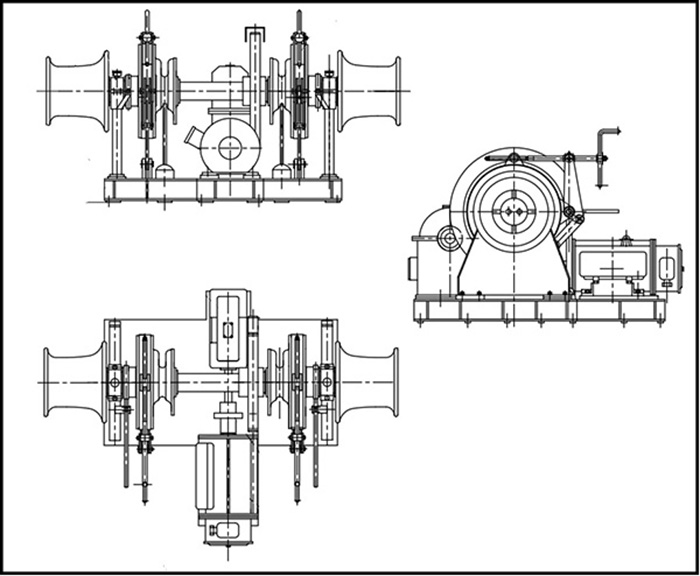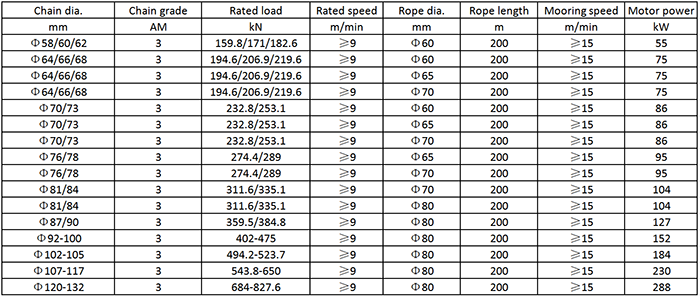
Marine Electric Windlass
The electric windlass, different from the hydraulic windlass, gains its power from the electric motor. The electric motor drives the reducer box so that the windlass can slow down. The small and big gears, controlled by the clutch, work together to rotate the gypsy wheel. Electric windlasses typically consist of an electric motor, gearbox, brake, clutch, control system, and the gypsy around which the anchor chain is wound.
1. Driven by electric motor with the brake
2. Single-speed, double speed or three-speed
3. Local control or remote control
4. Overload protection, emergency stop buttons
5. Easy for installation, operation and maintenance
Overview
Marine electric windlass uses electric energy as the power source. When the motor is electrified, it generates rotating torque. The high-speed and low-torque output of the motor is converted into low-speed and high-torque output through the reducer to drive the sprocket wheel to rotate. When it is necessary to lower anchor, the brake is released through the control device, so that the sprocket wheel rotates in the opposite direction under the gravity of the anchor chain, and the anchor chain is gradually released; when lifting the anchor, the motor drives the sprocket wheel to rotate in the forward direction, winds the anchor chain around the sprocket wheel, and pulls the anchor up from the sea floor.
Features
Electric motor: fixed frequency motor or variable frequency motor
Gypsy wheel: single, double or other
Warping head: none, one or two
Can be equipped with drum
Clutch and brake: manual or hydraulic operated
Excellent operation, high efficiency
Reliable service, long lifespan
Can be customized as per user’s requirements.
Drawing for Marine Electric Windlass

Main Technical Parameter






